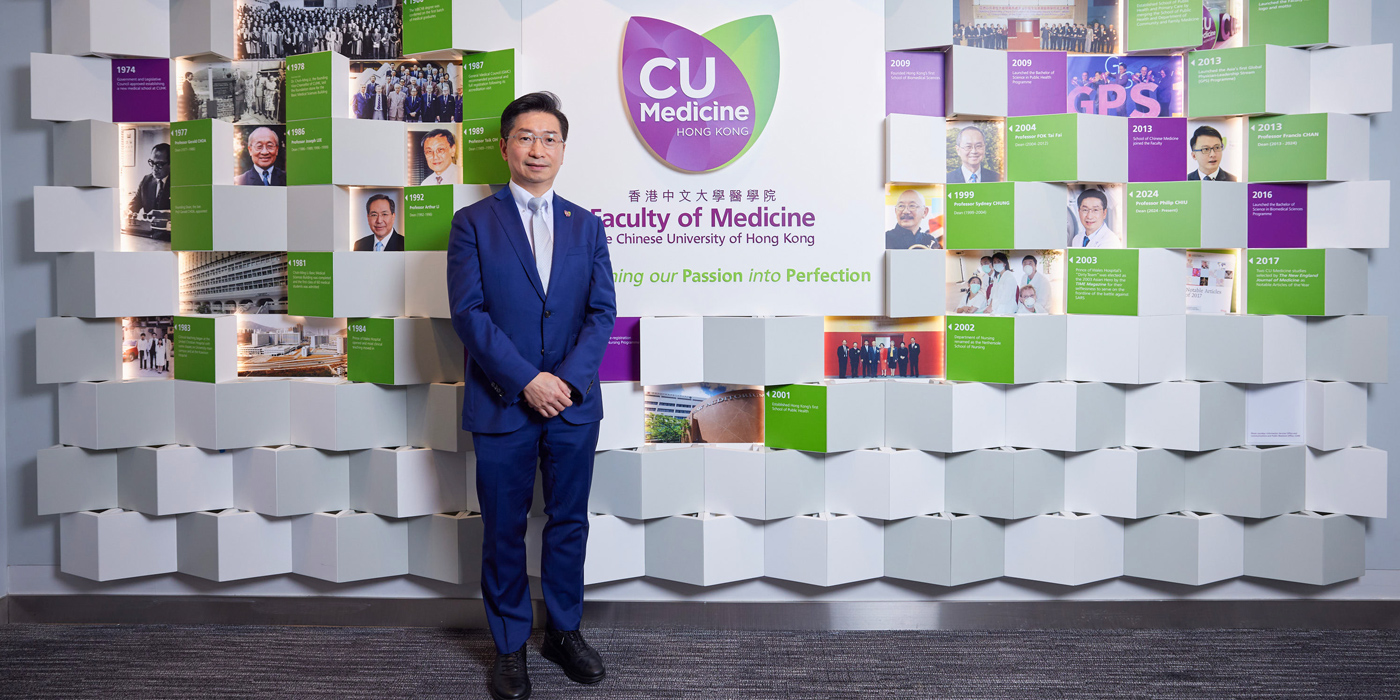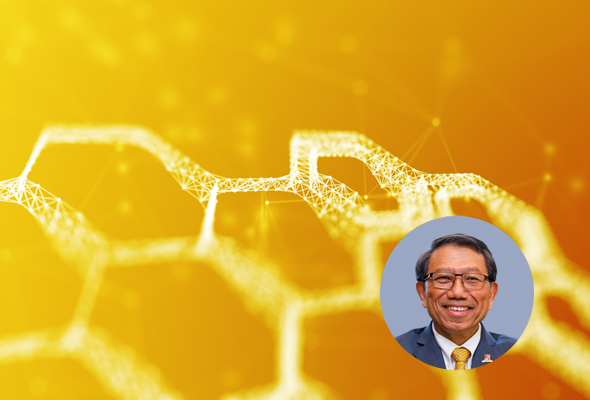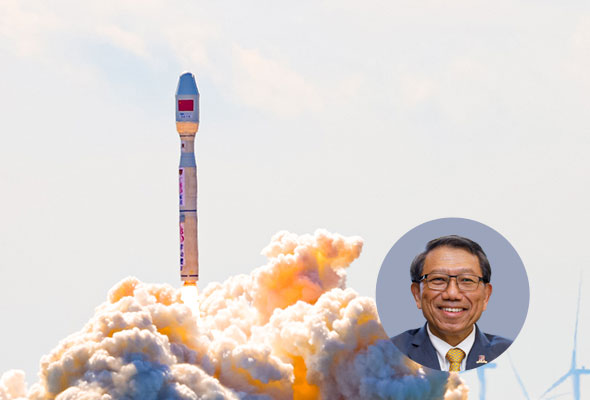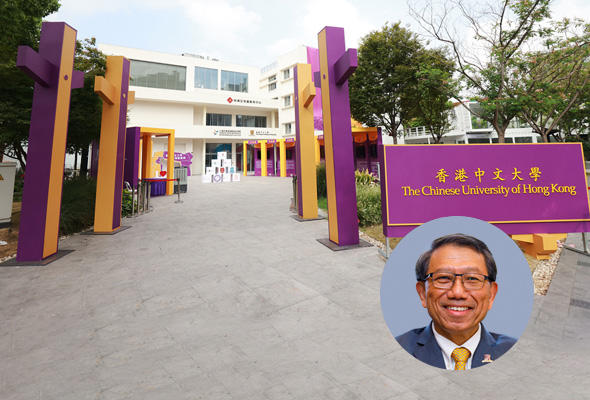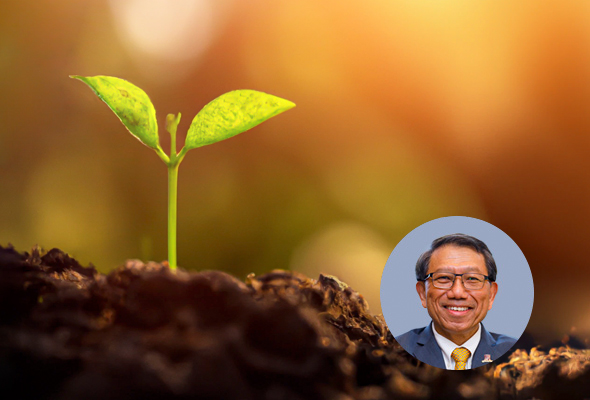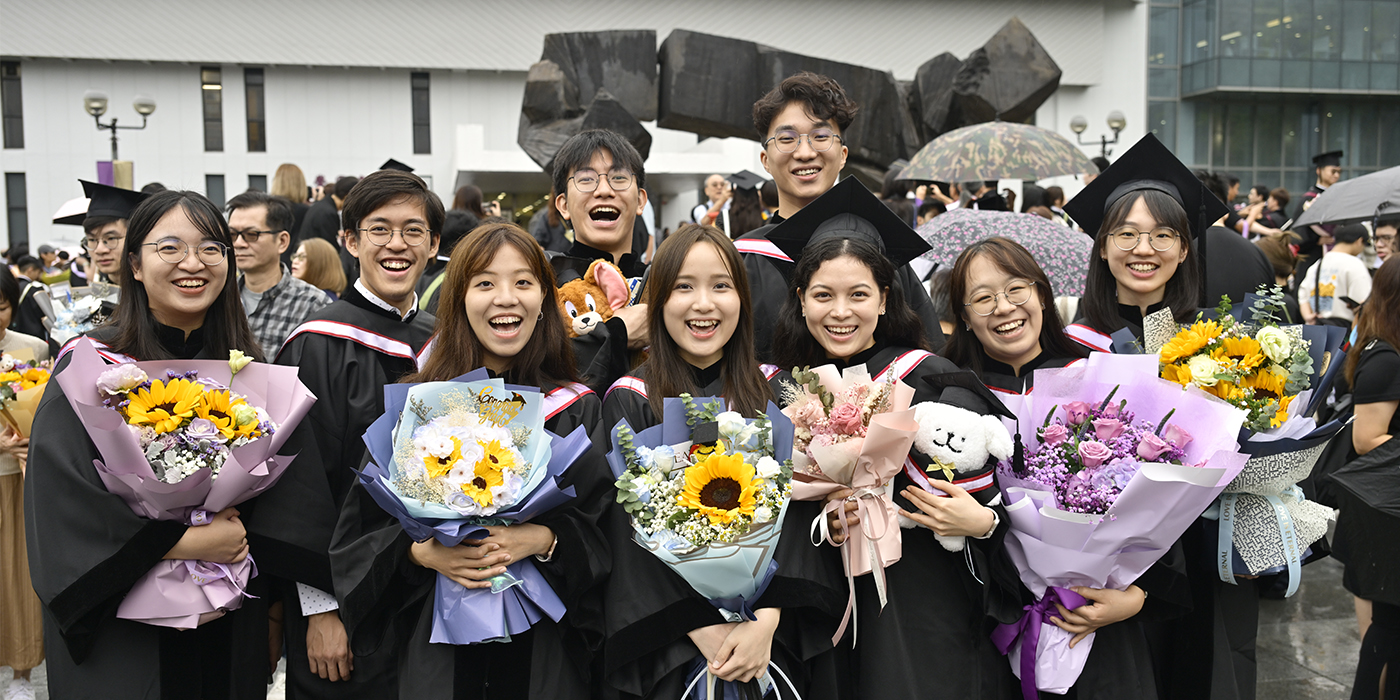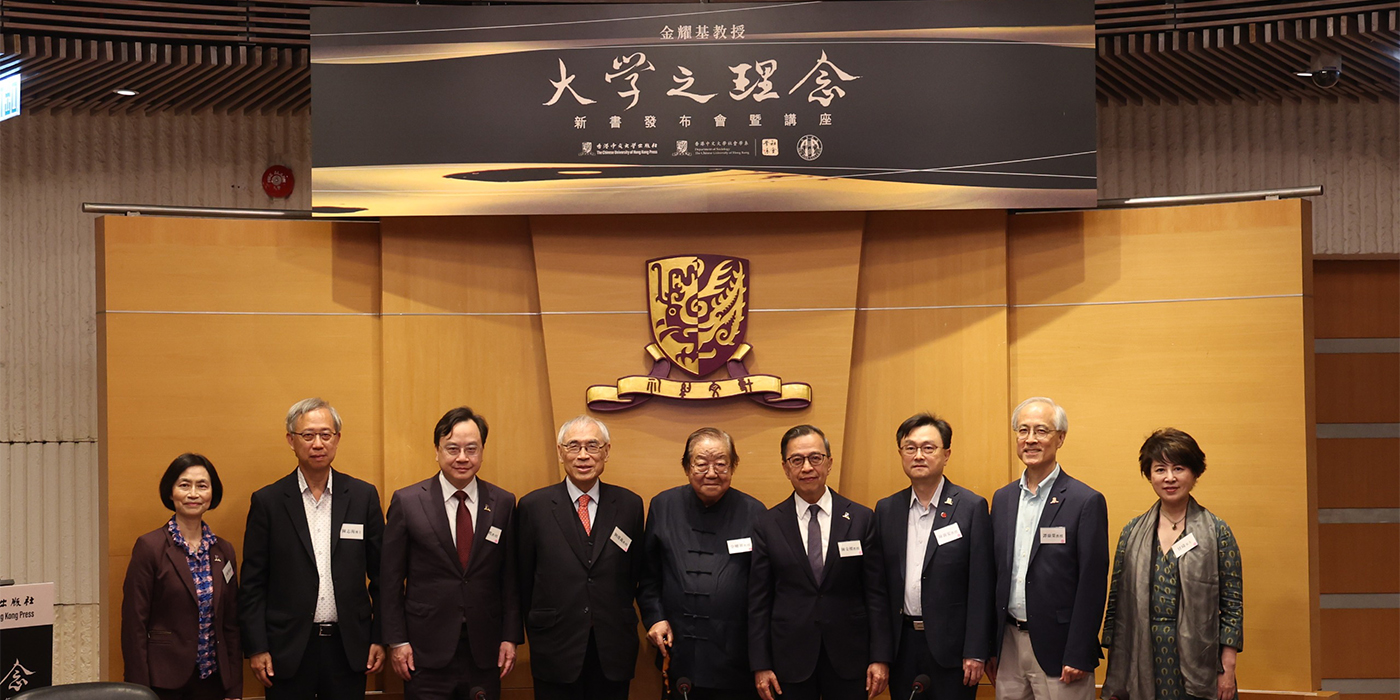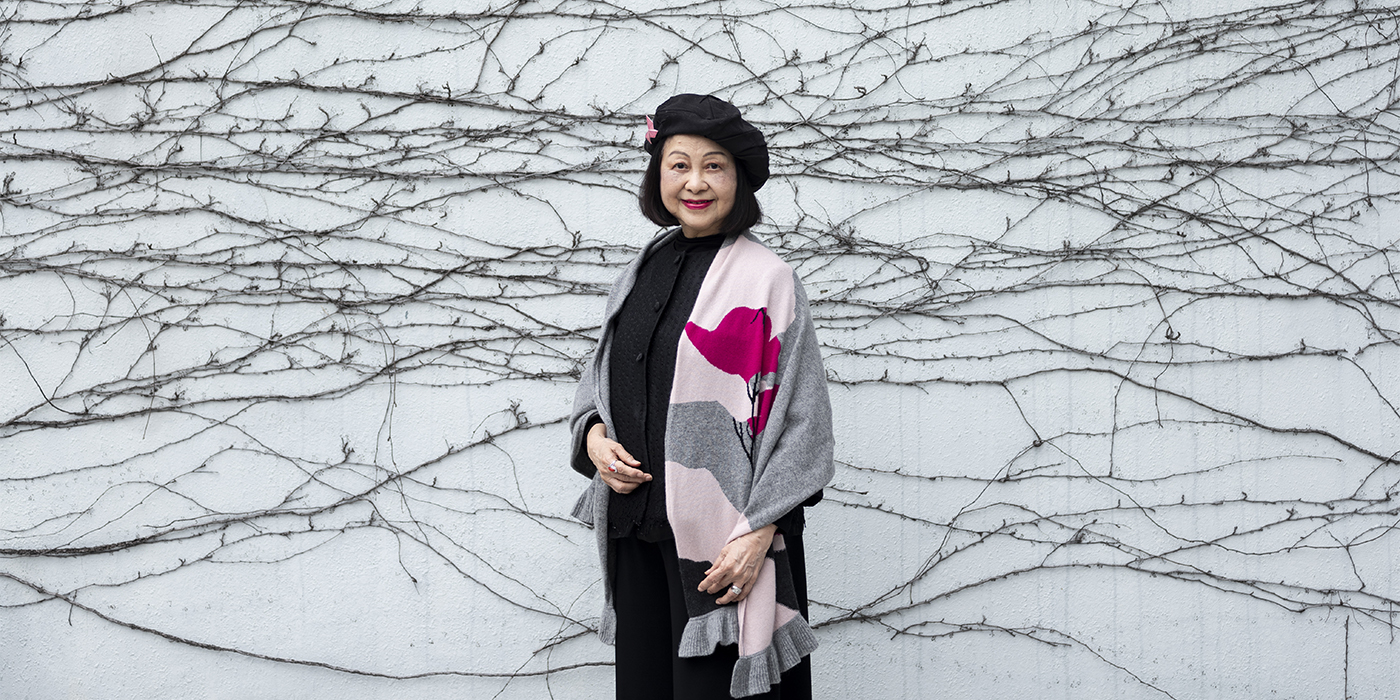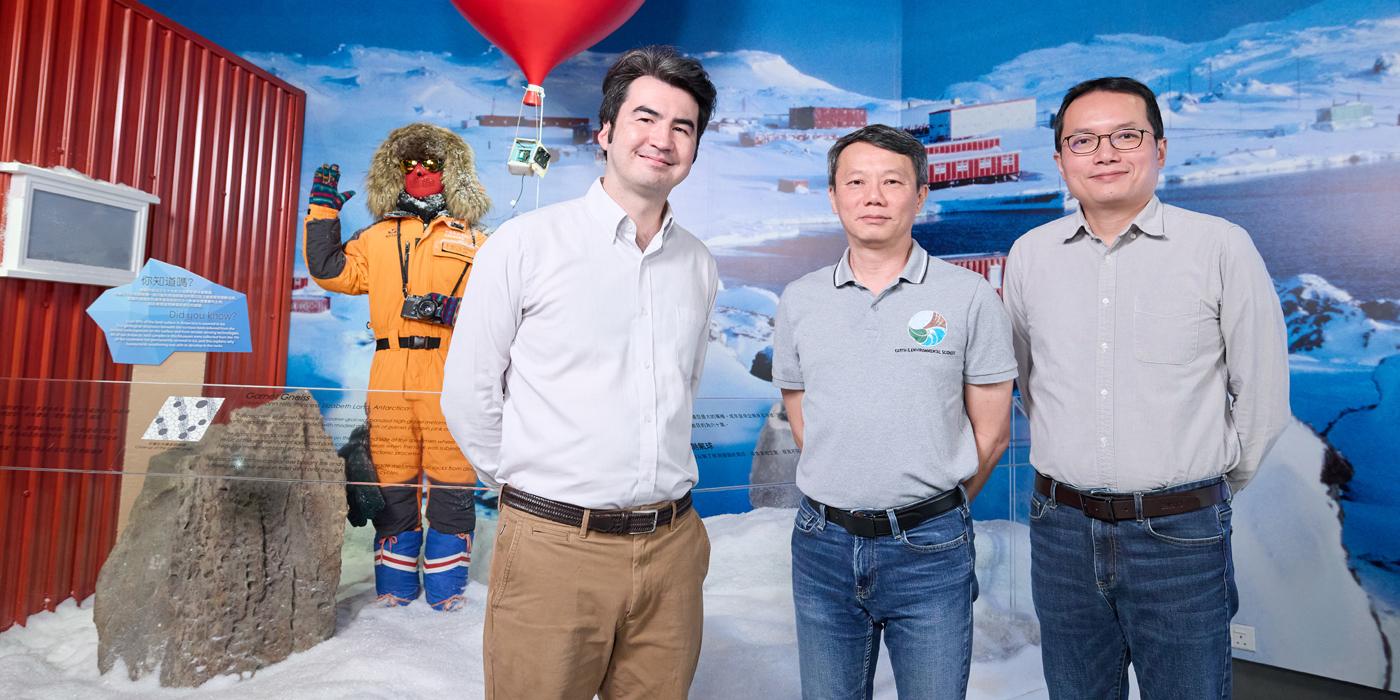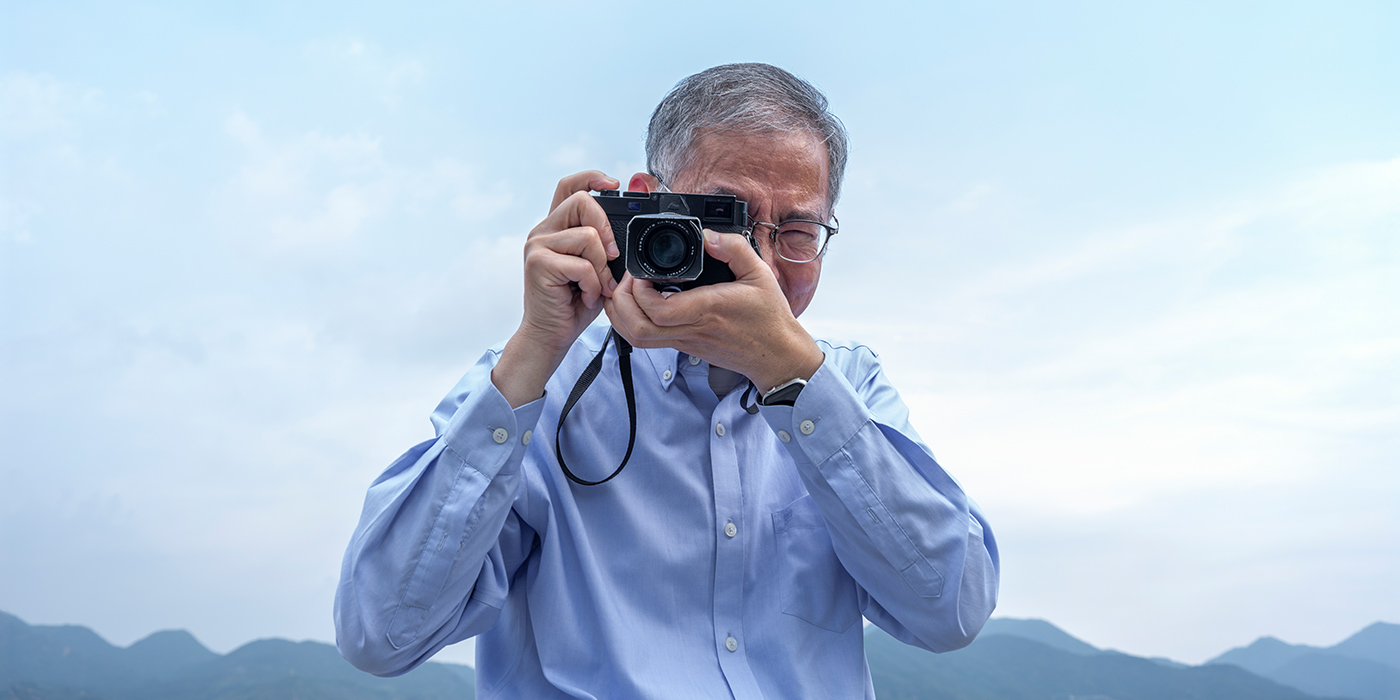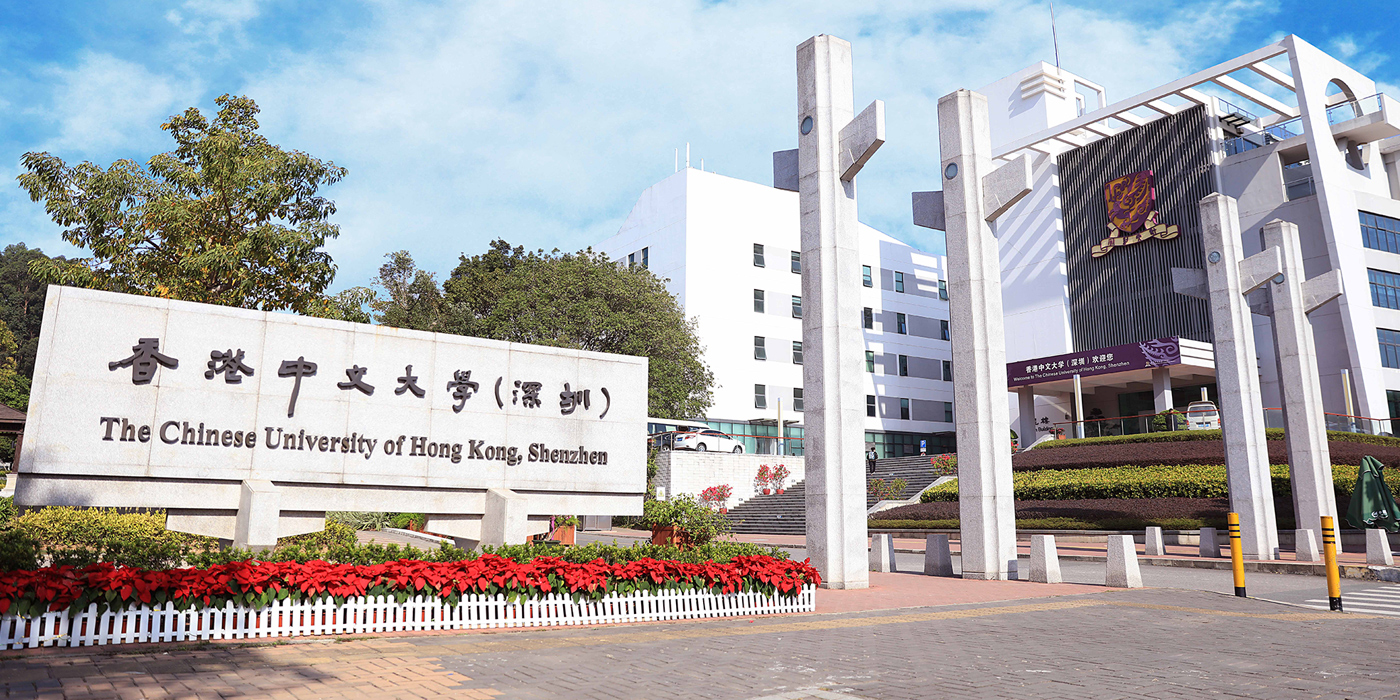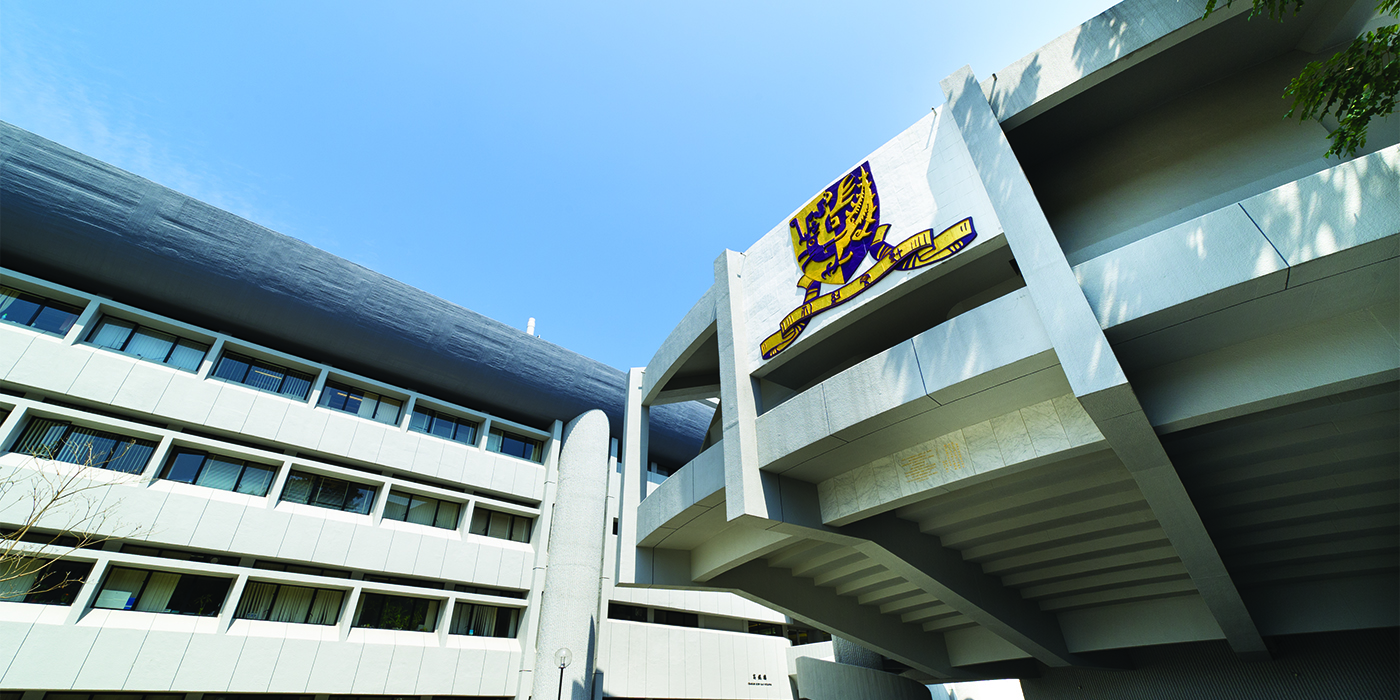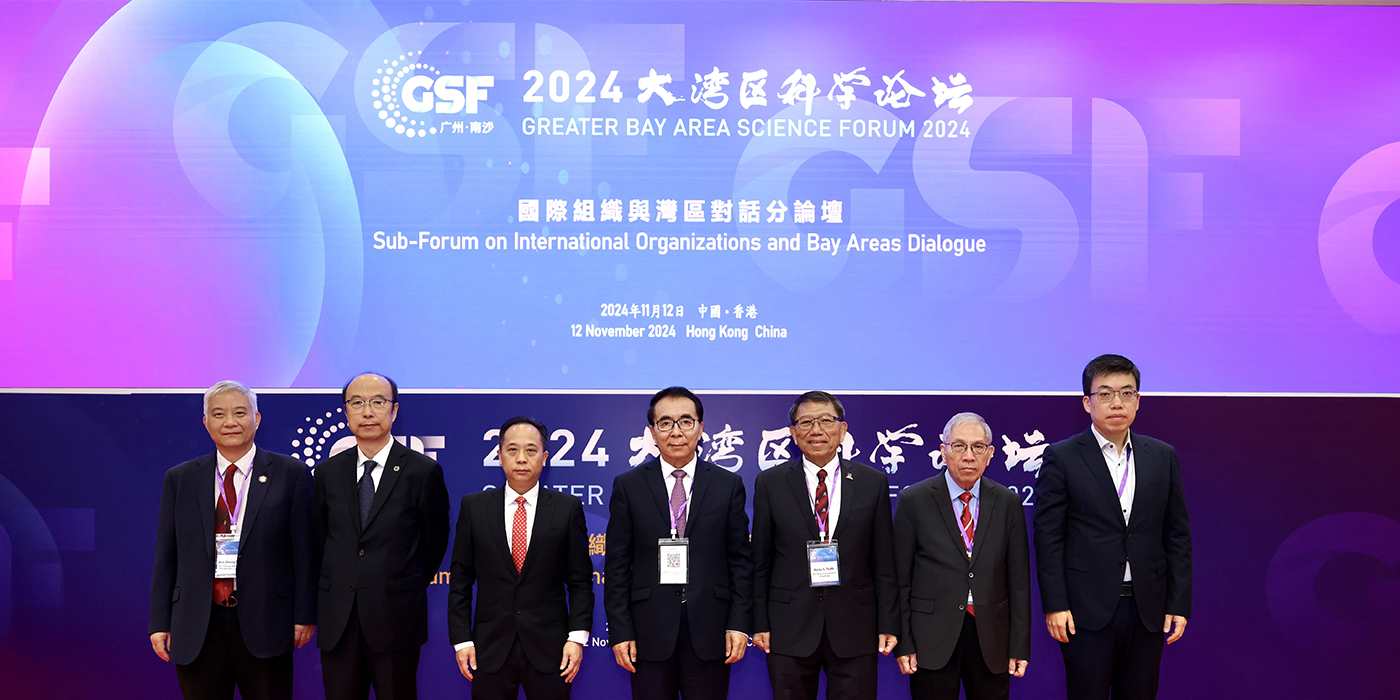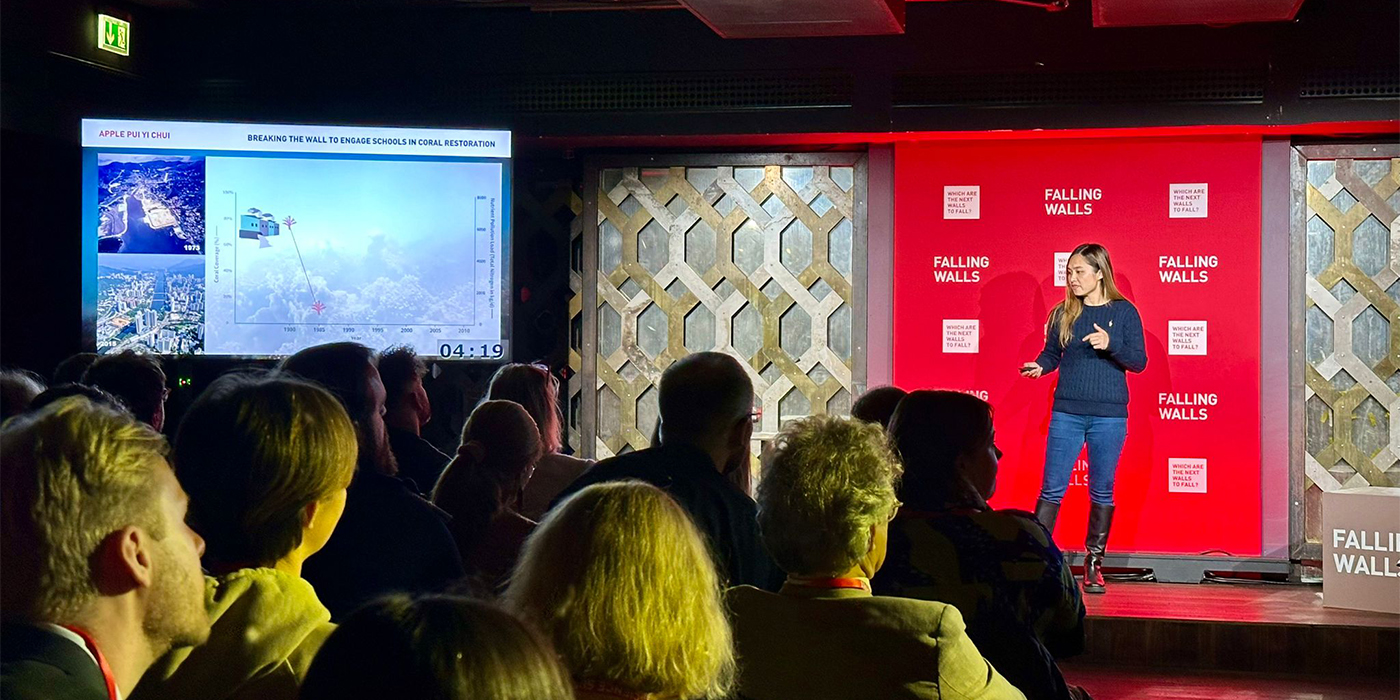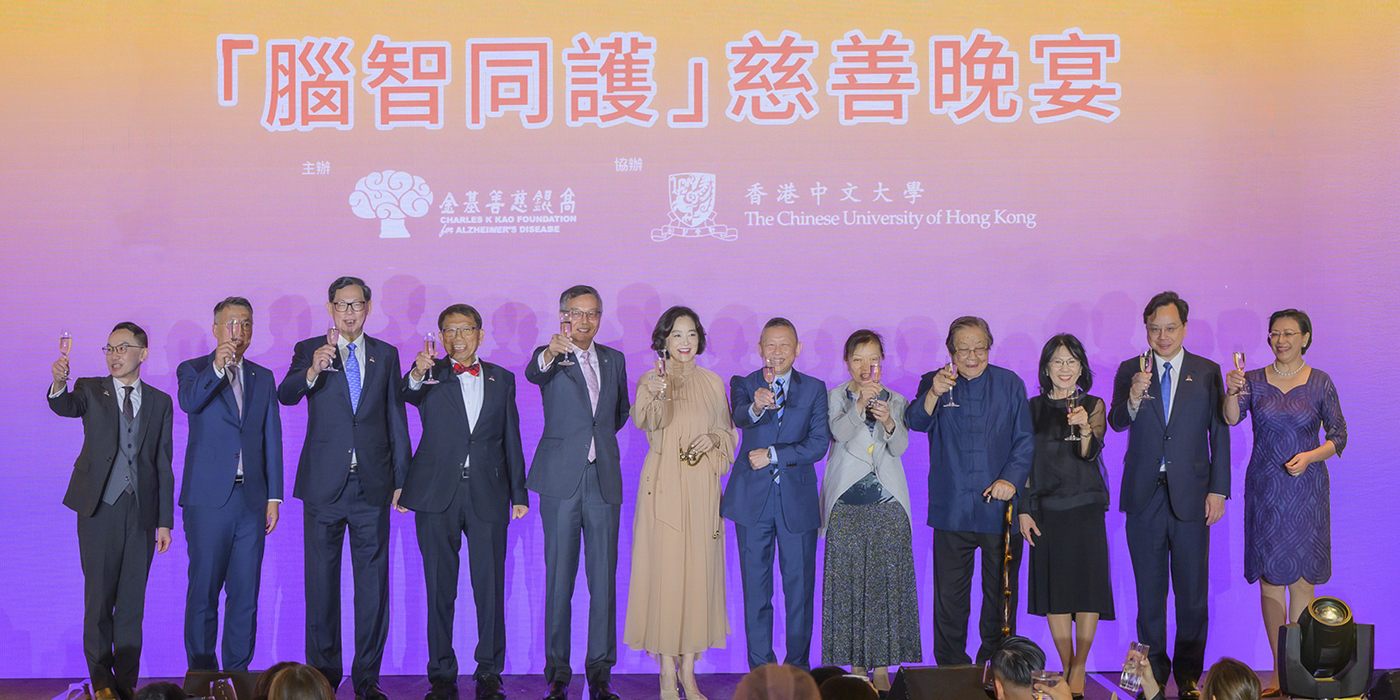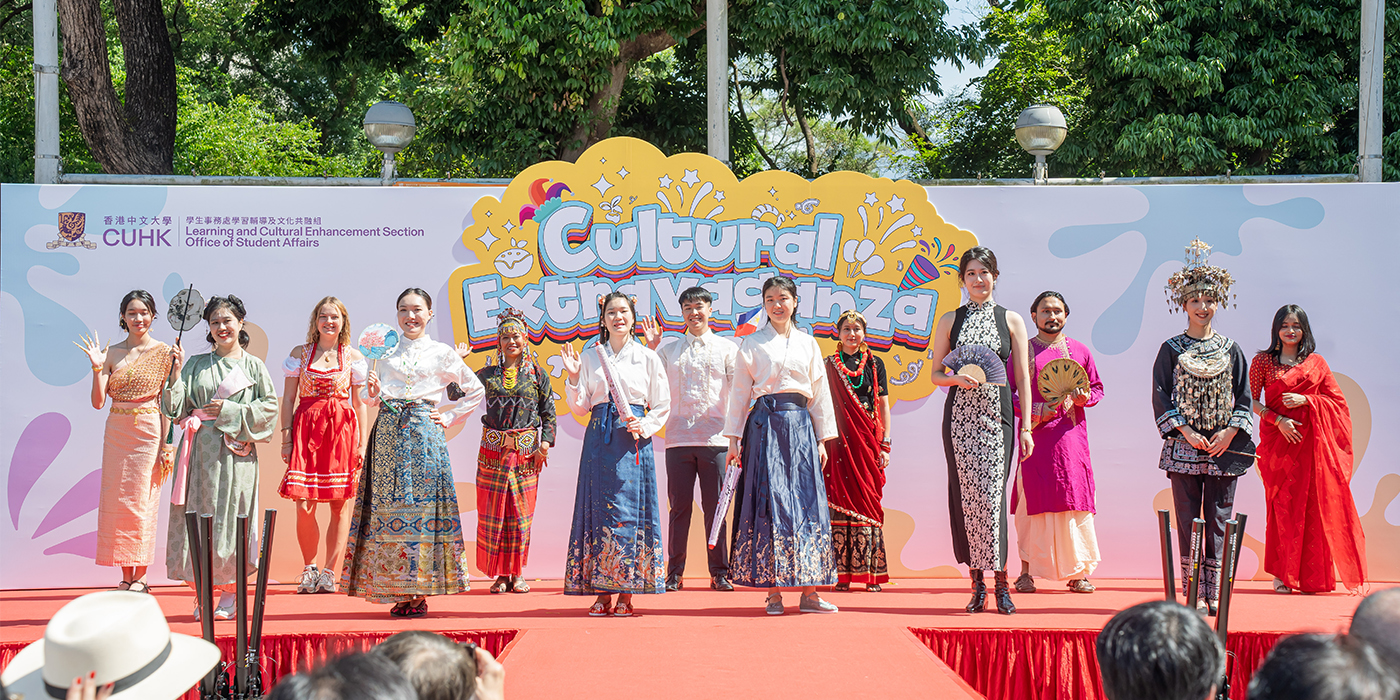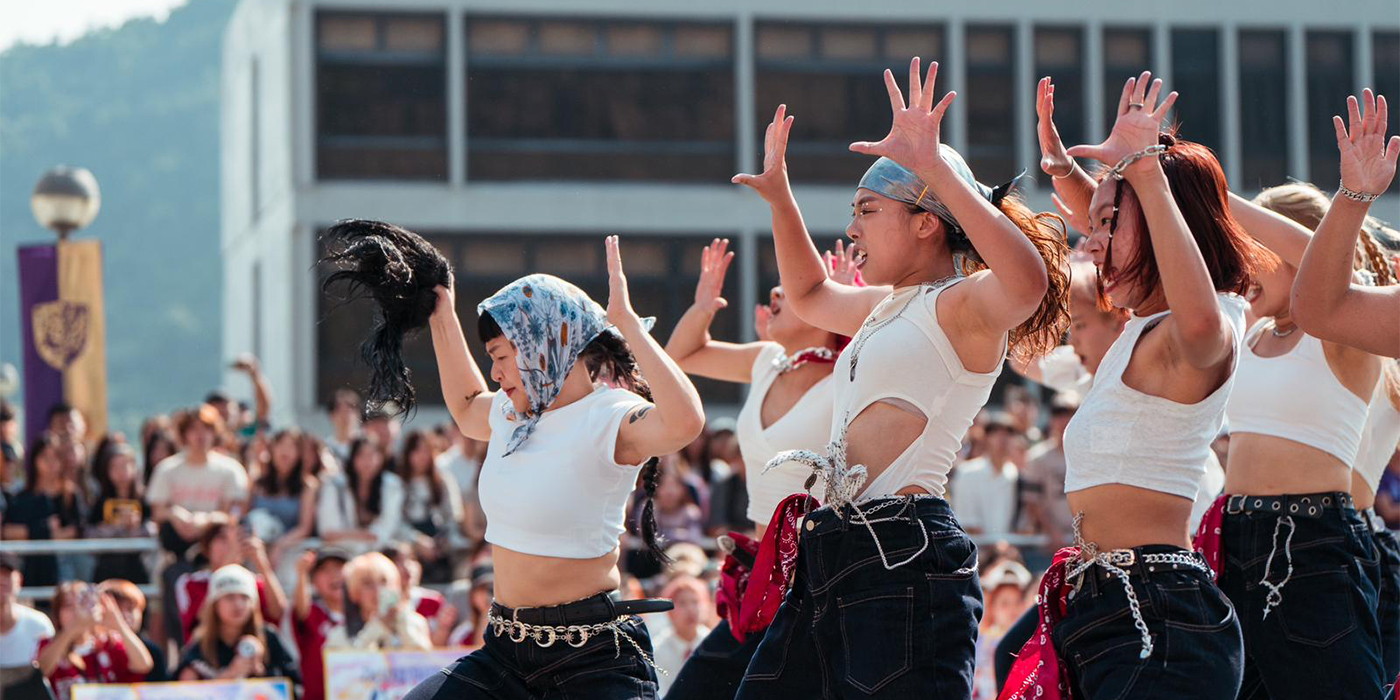Envisioning a blueprint for medical innovations
Philip Chiu’s benevolent endeavours in surgical robotics help countless patients
Neo, the protagonist of The Matrix, faces a choice: take the blue pill and the story will end, his ordinary life continuing after he wakes up the next morning; or take the red pill, stay in Wonderland and explore the mysterious rabbit hole. Professor Philip Chiu Wai-yan has chosen the red pill: devoting himself to the study of minimally invasive surgical robotic technologies and working with the world’s top interdisciplinary research teams to promote medical innovations.
Professor Chiu, who took over as Dean of Medicine in February, is well versed in art, as well as medicine. Since childhood, he has been passionate about building Gundam models and watching science fiction movies like Star Wars, Star Trek and Innerspace. He also pays attention to news about space technology. His childhood dream was to “boldly go where no one has gone before”, as the prologue to Star Trek puts it. “In the past, I enjoyed playing video games with an Atari console. Unexpectedly, the console happens to be quite similar to controlling surgical robots today,” he says.
When he was 14 years old, he studied Lingnan-style traditional Chinese painting under Professor Chao Shaoan. He once planned to become a painter, but he later made up his mind to help people as a doctor, under the influence of his late father, Dr John Chiu. The experiences of studying painting and participating in exhibitions were impactful in his life trajectory, making him humbler and more patient in listening to others. “I’m easy-going and good at communication. Helping others gives me much satisfaction. Therefore, I chose the medical path after careful consideration.”
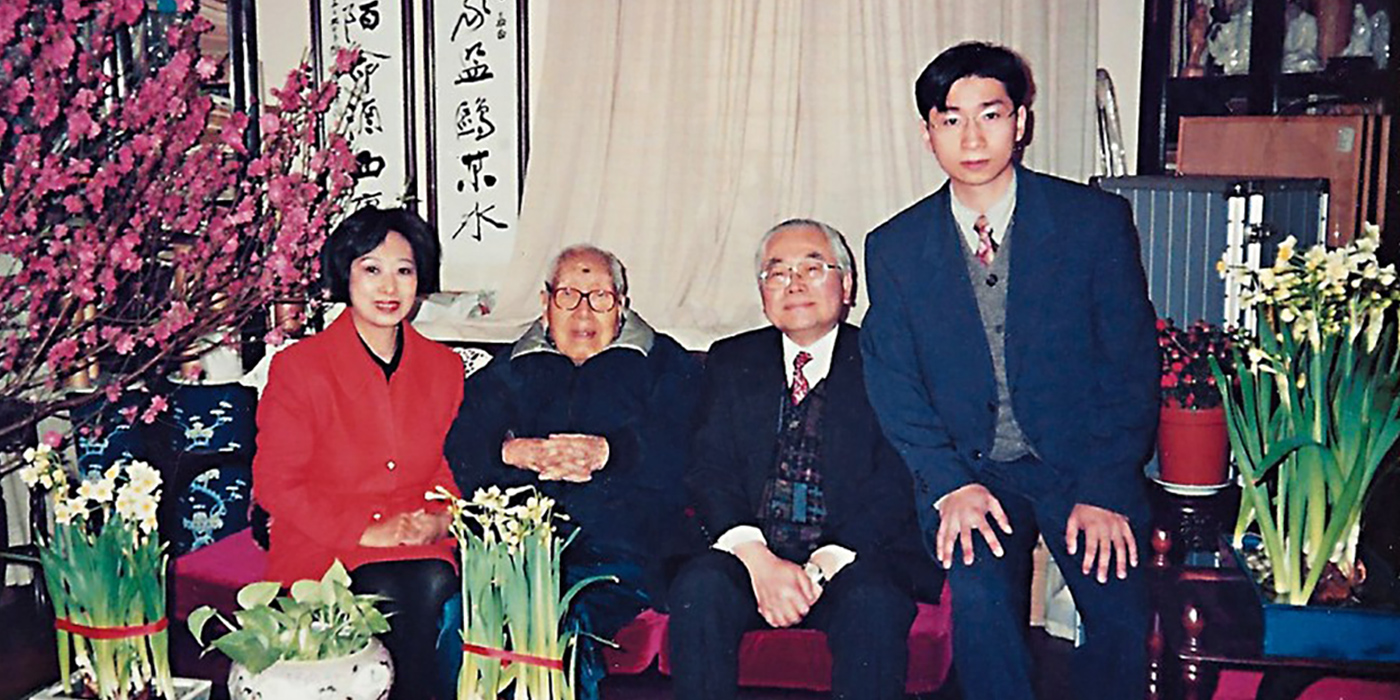
From a medical graduate in the ninth cohort to the ninth Dean of Medicine
Professor Chiu graduated from CU Medicine in 1994 as part of the ninth graduating class, and became the ninth Dean of Medicine in 2024. He attributes it to serendipity. “Back then, a professor told us only about 1% of each graduating class would pursue academic research. As a student, I never thought I would become a professor, let alone the dean of the medical school.” He spent the first 10 years of his medical career at Prince of Wales Hospital and United Christian Hospital.
After completing his surgical internship, he decided to specialise in the upper gastrointestinal tract, primarily performing gastric cancer surgery. “In the 1990s in Hong Kong, most patients with gastric cancer were already in the mid-to-late stage when diagnosed. Relapse the following year after surgery was very common, which made me very depressed.”
The prognosis for patients with any cancer does not solely depend on treatment, but also on the stage of cancer at the time of diagnosis: at that time, the five-year survival rate for early-stage gastric cancer was more than 90%, but for mid-to-late-stage gastric cancer, it was only 30 to 40%. Therefore, he went to Japan and the United States in 2003 to study early gastric cancer diagnosis and treatment. In Japan, a pioneer in gastric cancer treatment, he studied the then-novel endoscopic submucosal dissection (ESD) technique under Professor Haruhiko Inoue. He even purchased specialised surgical blades out of his own pocket. In 2004, he performed the first ESD treatment on an early gastric cancer patient in Hong Kong.
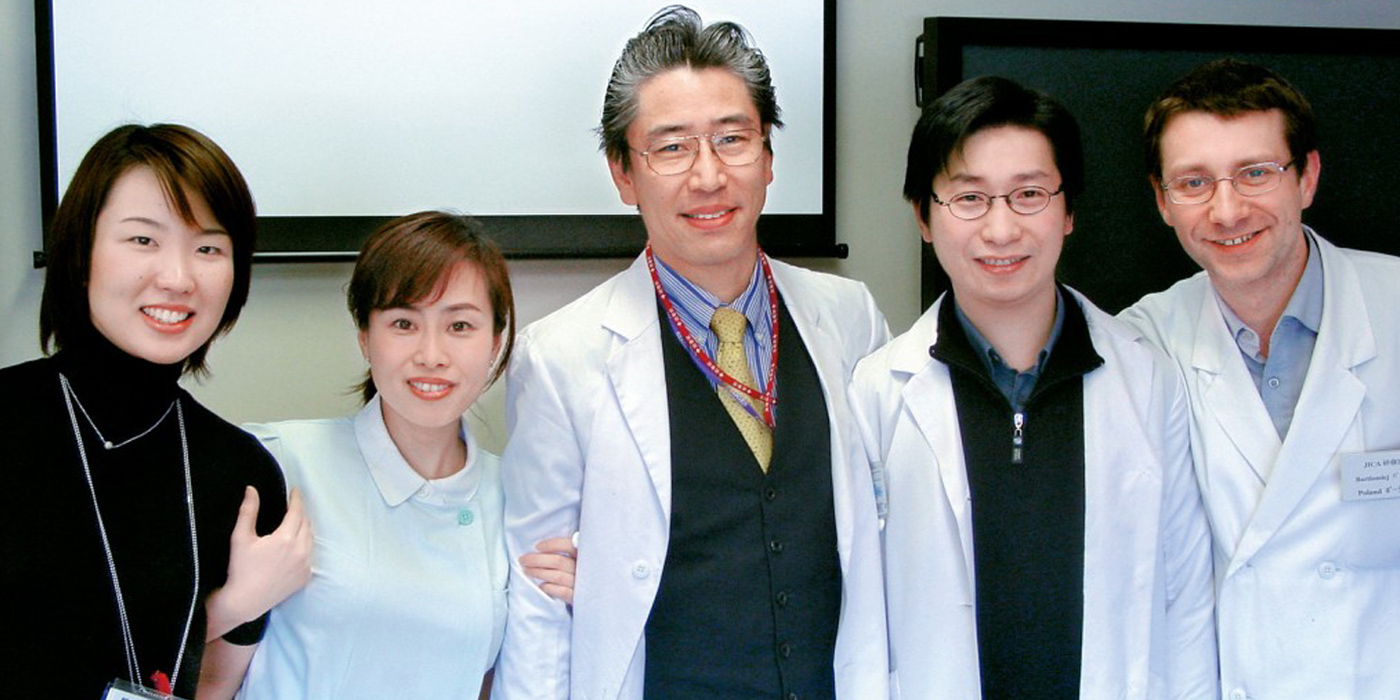
Traditional gastric cancer surgery requires open surgery to remove the lesions, resulting in large wounds. In contrast, ESD involves using a narrow-band endoscope to dissect the submucosa of the stomach, removing early cancerous tissues without external wounds and preserving most of the stomach tissue. Later on, he went to the United States to study minimally invasive treatments for acid reflux and oesophageal cancer. In 2009, he was the first to perform minimally invasive robotic oesophagectomy at Prince of Wales Hospital. Currently, Prince of Wales Hospital identifies 250 cases of early oesophageal or gastric cancer each year, improving the recovery rate among patients.
“As the beginning of my career, I worked at United Christian Hospital. As I aspired to promote ESD after returning to Hong Kong, I had to pursue an academic and research path at my alma mater and promote innovative technologies to local hospitals.” Professor Chiu initially planned to focus on treating patients but the rapid advancement of medical technologies, combined with his dedication to serving patients, prompted a turning point in his medical career.
As his experience in teaching, research and administration grew, and with Professor Francis Chan’s term as Dean coming to an end, Professor Chiu decided to apply for the position. “I am grateful for the trust placed in me by all parties; it is an honour to take on this important role.” In the 2024 QS World University Rankings for Medical Schools, CU Medicine achieved a new historic high, rising to 28th place, making it the top medical school in Hong Kong and second in Asia. This year, nearly half of the top 100 students in Hong Kong chose to study medicine at CUHK, and the Faculty also admitted five super top scorers. He believes such impressive results are thanks to the concerted efforts of everyone in the Faculty. He hopes to continue this legacy, maintaining a focus on patient care and the pursuit of excellence.
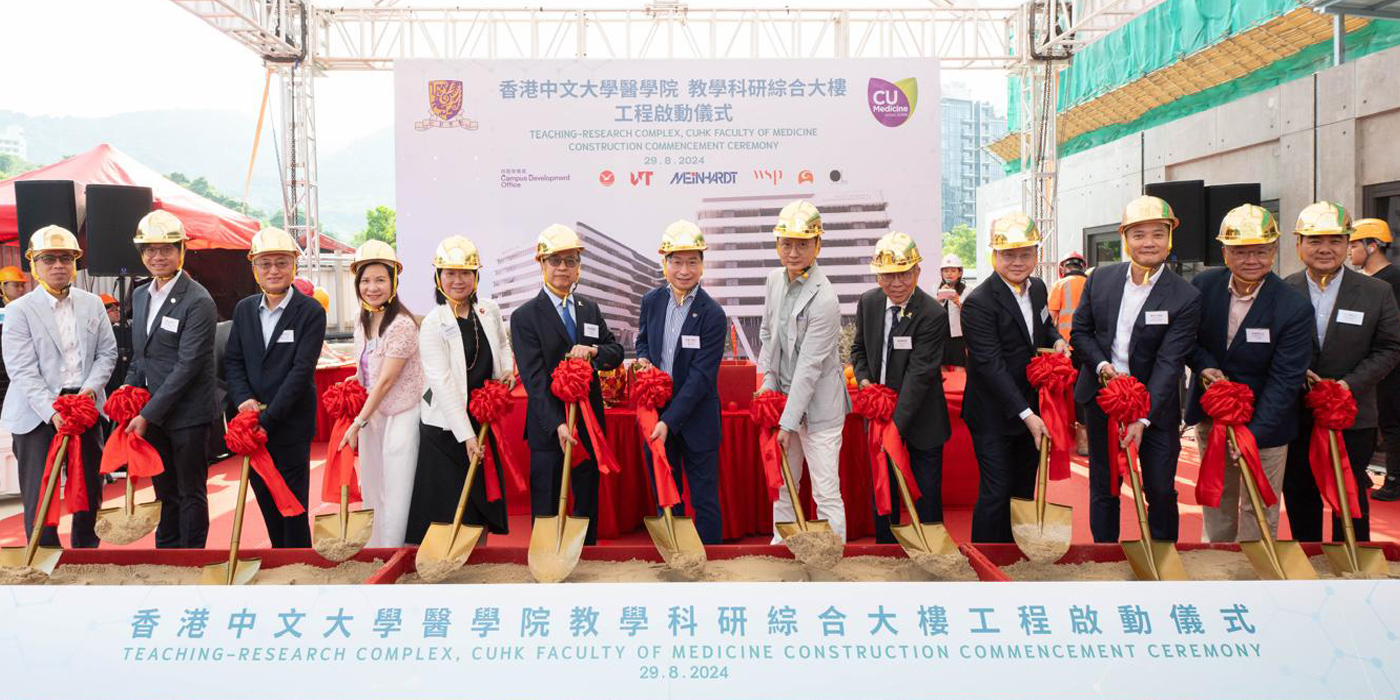
Developing endoscopic robotics
The protagonist of Innerspace voluntarily participates in a highly confidential experiment, where scientists use special technology to shrink him and his submarine, injecting them into a rabbit for examination. However, he is accidentally injected into a human body instead. In order to get back to his original size, he must quickly escape before the oxygen in the submarine runs out. The process is extremely perilous. Professor Chiu believes that science fiction movies can spark limitless imagination, and many unexpected diagnostic and treatment technologies that were once just ideas are now gradually being introduced for clinical use.
He points out that popularising endoscopic surgery is quite challenging, as it requires inserting a 130 cm-long endoscope and surgical instruments through the mouth and into the stomach for resection, which demands a high level of technical skill. “If the endoscope were equipped with two robotic arms, the surgery would be much easier. I believe the future trend will inevitably be robotic endoscopic surgery.” He completed the world’s first ESD performed by an endoscopic surgical robot in 2020. Clinical tests have confirmed that the technology is safe and effective, significantly reducing the risk of complications.
In addition to the well-known minimally invasive surgical system Da Vinci, Professor Chiu collaborates with various engineers to develop more innovative technologies. One of his partners is Professor Samuel Au from CUHK’s Faculty of Engineering, the founder of Cornerstone Robotics Limited. The surgical robot Sentire invented by the company has completed clinical cases across various specialties and the company has applied for medical device certification in several regions. “Nanorobots and the burgeoning development of AI will greatly enhance clinical diagnoses and treatments, leading to breakthroughs in genetic tests and minimally invasive surgery,” says Professor Chiu.
He has outlined three main directions for the development of robotic surgery. The first is to increase its clinical applications and accessibility, which involves promoting collaboration between medical engineering and gathering world-class research teams at the Multi-Scale Medical Robotics Center in Hong Kong Science Park, part of the Hong Kong SAR government’s InnoHK initiative to foster innovation in Hong Kong. The aim is to translate new robotic surgical systems developed in Hong Kong for clinical application.
The second direction is to expand the scope of robotic surgery and overcome technical challenges related to non-invasive procedures. Currently, Professor Chiu is collaborating with engineers at CUHK to lead the development of flexible robotic technology. Thirdly, he plans to enhance the surgical performance of robots beyond sensory capabilities. “In current robotic surgical operations, the endoscope acts like our eyes, the robotic arms extend our hands and the surgeon serves as the brain, overseeing the entire surgical process.” Professor Chiu believes that AI will eventually become a co-pilot for surgeons, assisting in complex robotic surgery.
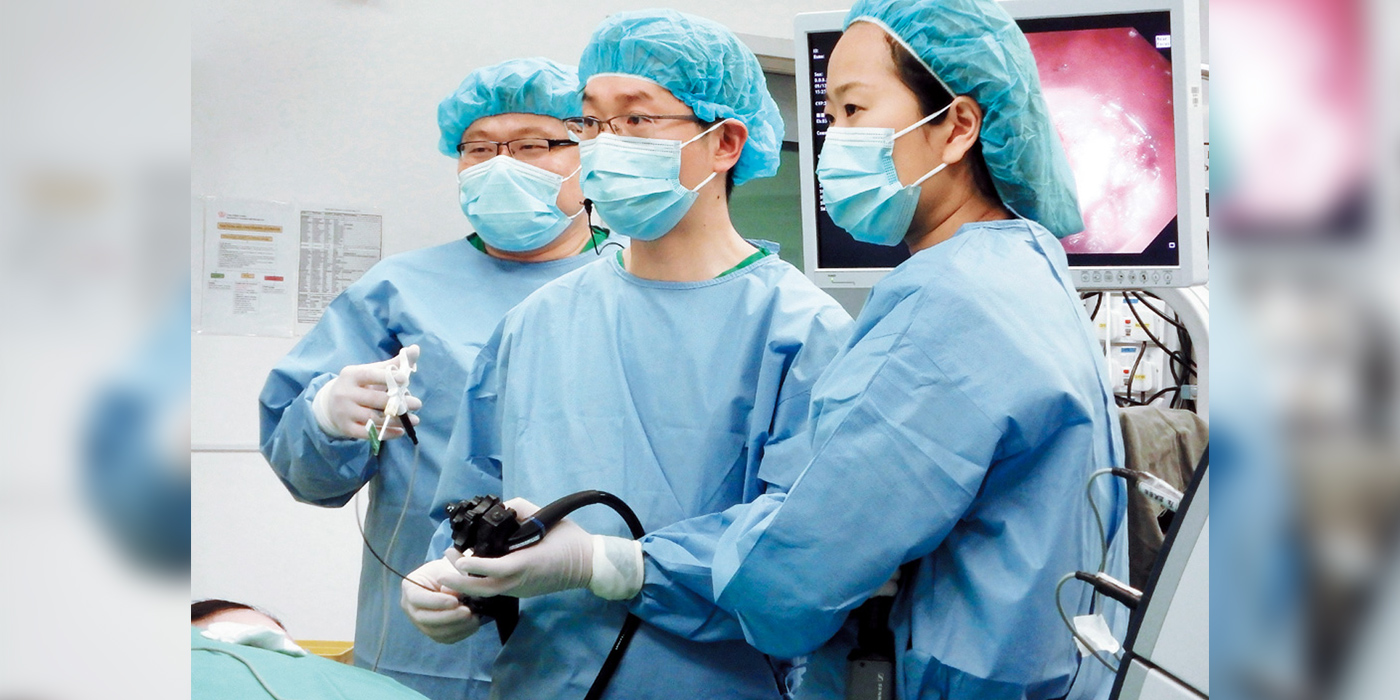
The insight of leaving blank spaces
Reviewing his journey, Professor Chiu believes that life is like a river full of changes, where we may sometimes find ourselves swimming against the current. The most important element is to persist in moving upstream. However, he thinks that many aspects of life should be approached by going with the flow of circumstances; one must be brave in exploration while also conserving energy and contemplating the next direction. “We can only live in the moment. Our perception will be limited if we plan too much. How can we innovate afterwards?”
This idea may stem from his understanding of the aesthetic of leaving blank spaces in movies and traditional Chinese paintings: they allow for imagination and expression of an innovative spirit, guiding us to explore uncharted territory.
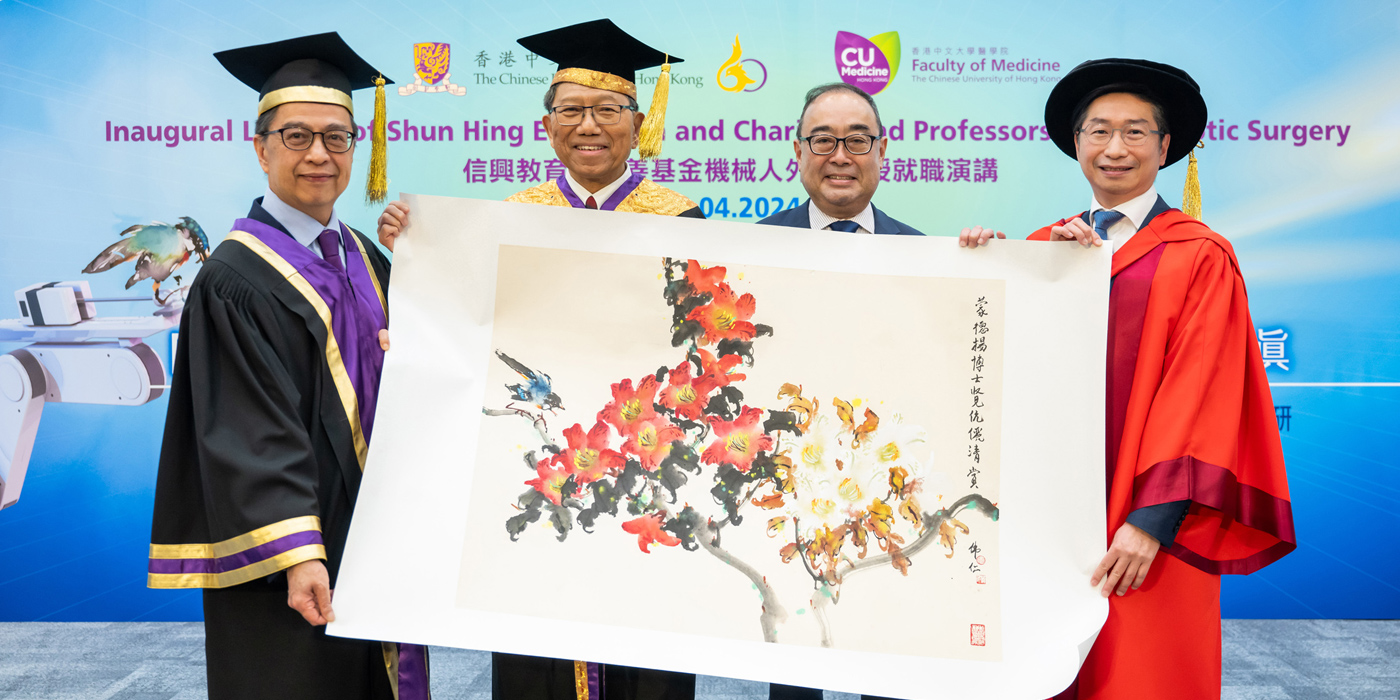
By Jenny Lau
First photo by Keith Hiro

